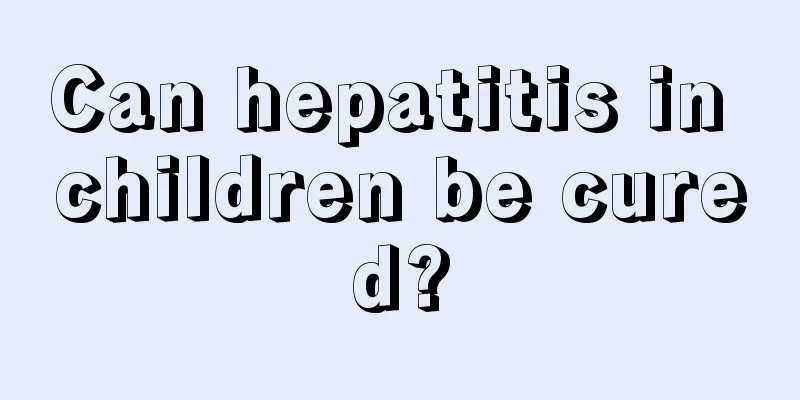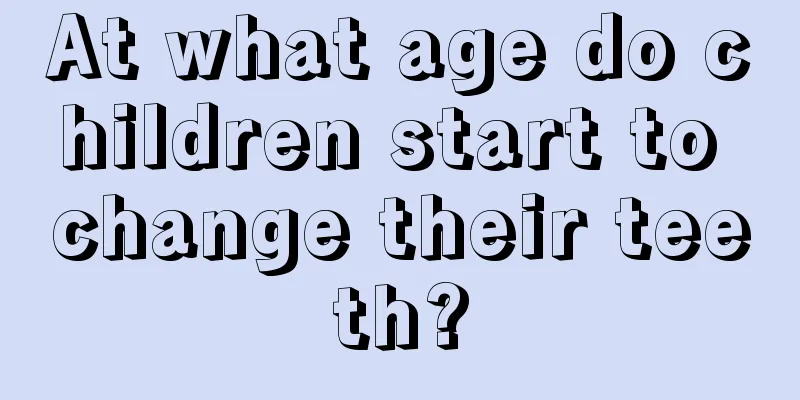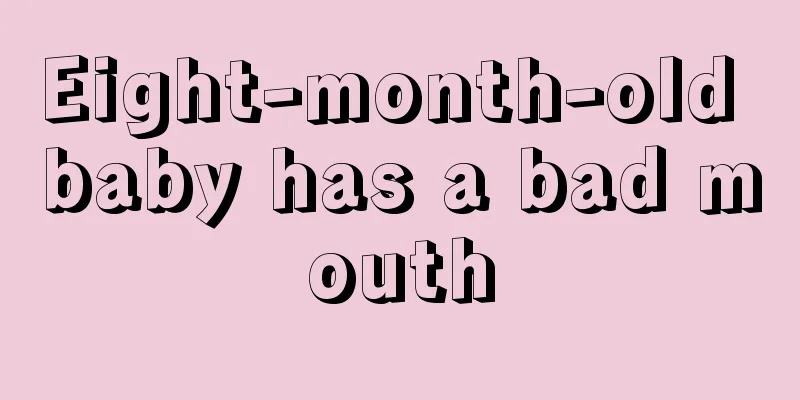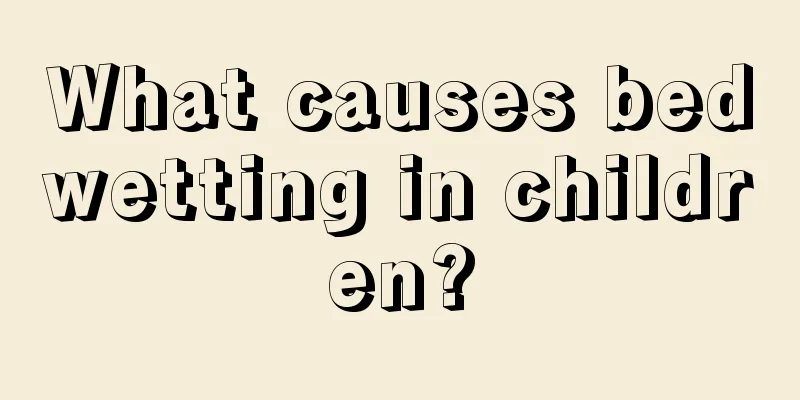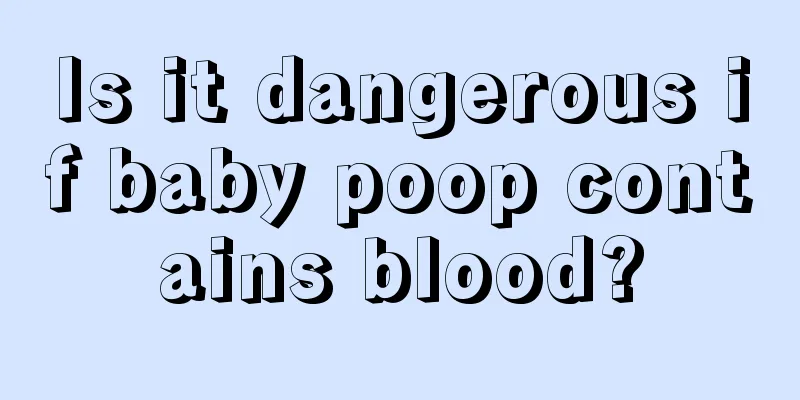Six-year-old child's front teeth are growing inside
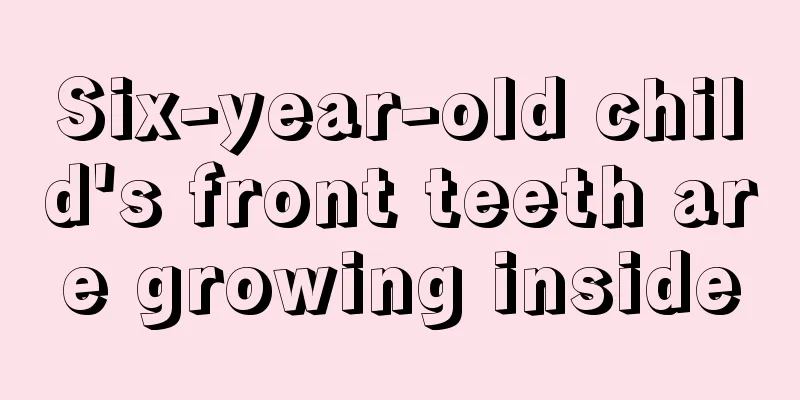
|
A six-year-old child has a tooth growing inside his front teeth, which is actually an impacted tooth. The harm of impacted teeth mainly lies in the fact that dirt and bacteria are easily hidden between teeth, which in turn causes other oral problems. The most common solution is extraction of impacted teeth, which should be addressed as soon as possible as long as the conditions are met. It is easy to treat impacted teeth that just appear in children at the age of six. Do not wait until the teeth are fully formed, as this will greatly increase the difficulty of treatment. A tooth that is improperly positioned within the jaw and cannot erupt into the normal occlusal position is called an impacted tooth or impacted tooth. The most commonly impacted teeth are the mandibular third molars, followed by the maxillary third molars and maxillary canines. According to statistics, the incidence of impacted teeth in adults is 20%. This impacted tooth and the gum covering it can easily harbor dirt and breed bacteria, causing bad breath and caries. When the body's resistance is reduced, inflammation often occurs. Clinical manifestations The gums around the crown of impacted teeth often become inflamed and painful. In severe cases, the cheeks may swell, opening the mouth may be difficult, and there may even be a fever throughout the body and swollen submandibular lymph nodes. Impacted teeth often cause symptoms such as caries, loosening, and alveolar bone absorption of adjacent teeth. treat Because impacted teeth are improperly positioned and blocked by adjacent teeth, some may even be completely buried by bone tissue. Therefore, it is more difficult to remove impacted teeth than other teeth. If they are covered by gums, the gums need to be cut open; if they are embedded in bones, the bones need to be removed; if they are blocked by adjacent teeth, the crowns need to be split and extracted in pieces. Therefore, extracting impacted teeth takes a long time, and there are many possible complications during and after the operation, such as bleeding, root breakage, damage to adjacent teeth, postoperative numbness of the lower lip, dry socket, etc. Impacted tooth extraction Indications Impacted mandibular third molar is one of the common diseases in oral surgery and should be considered comprehensively based on the influence of the patient's systemic, local and other diseases: ① Repeated attacks of acute pericoronitis, and it is estimated that the tooth cannot erupt normally; ② Caries of the affected tooth or adjacent teeth, and alveolar bone absorption; ③ Formation of a tooth-containing cyst; ④ Buccal skin fistula; ⑤ The tooth that causes trigeminal neuralgia or is suspected to be the focus of certain systemic diseases; ⑥ Temporomandibular joint dysfunction has occurred; ⑦ The need for correction of dentofacial deformity. Contraindications 1. Patients with uncontrolled acute pericoronitis. 2. Those with untreated systemic diseases. 3. If the adjacent teeth are severely decayed or missing, some of the erupted impacted teeth can be retained for restoration. Preoperative preparation 1. More than 2 weeks after pericoronitis is controlled. 2. Take dental X-ray or lateral view of mandible. 3. Treatment of adjacent tooth inflammation. 4. Use 3% hydrogen peroxide for pericoronal irrigation before tooth extraction. Surgical procedures 1. Anesthesia After routine disinfection, block anesthesia of the inferior alveolar nerve, buccal nerve, and lingual nerve was performed. 2. Incision and exposure An incision was made on the buccal and distal sides of the mesial adjacent teeth, the mucosa and periosteum were cut, and the mucoperiosteal flap was turned up toward the buccal and lingual sides to expose the maximum diameter of the crown. 3. Splitting the crown Use a bone chisel placed in the buccal (or lingual) developmental groove of the crown to split the impacted tooth into two or more halves to eliminate the resistance of adjacent teeth and alveolar bone. 4. Stand out Insert the tooth elevator beak between the split lines, first push out the unobstructed tooth block, and then extract it piece by piece. 5. Clean the tooth extraction wound Use a curette to scrape away the granulation tissue, broken teeth and bone fragments in the tooth extraction wound, and fill it with fresh blood clots. 6. Suture Interrupted sutures of the mucoperiosteal flap were performed with silk thread, and iodoform gauze was placed for drainage and occlusal cotton strips were used for pressure. Points to note during surgery 1. Try not to damage the gingival papilla during the buccal incision. 2. Do not open the petals too wide. 3. The position and angle of the osteotome should be determined according to the number, condition and curved roots of the teeth in the X-ray film, and the direction of the crown splitting should be selected. 4. To prevent the osteotome from slipping, there should be a fulcrum to stabilize the hand when splitting the crown. 5. The extraction wound must be scraped clean and completely filled with fresh blood. 6. The iodine-form gauze used for drainage should not be placed too deep. Postoperative care The following treatments are performed after impacted tooth extraction: 1. Systemic application of anti-infective drugs. 2. Remove the drainage strip 24 to 48 hours after surgery. 3. Remove the sutures 5 to 7 days after the operation. |
<<: What to do if your child's front teeth are too big
>>: Newborn baby rash on buttocks
Recommend
Baby runny nose
A runny nose is the most common phenomenon in bab...
What medicine should children take for night sweats
Night sweats are a disease that men are often mor...
Why do children always have mouth ulcers?
Oral ulcers are a type of oral disease with a hig...
Can children eat Polygonum multiflorum?
In daily life, we can always see various Chinese ...
Children's hair style
I have a beautiful little girl at home. As a moth...
Treatment for diarrhea caused by cold in babies
Babies catching cold and having diarrhea looks ve...
What are the causes of fetal renal cysts?
Renal cyst is a very common tumor and a very comm...
Why does my baby sweat a lot?
Many mothers will find that their babies sometime...
Why do babies chew their fingers?
Nowadays, many children start to develop the habi...
How to relieve water in baby's ears
There are many common problems for babies. When s...
Why is there hair growing on the wound on the child's leg?
There are the most mosquitoes in summer. Once bit...
Nursing of stitch scars in children
Many people worry about scars after stitches. Sca...
What causes headache in children?
Children have weak physical resistance and are pr...
Tips for children to sleep in separate rooms
For parents, children's education plays a ver...
Precautions for treating high fever convulsions in children
If suddenly one day, your child's face twitch...


